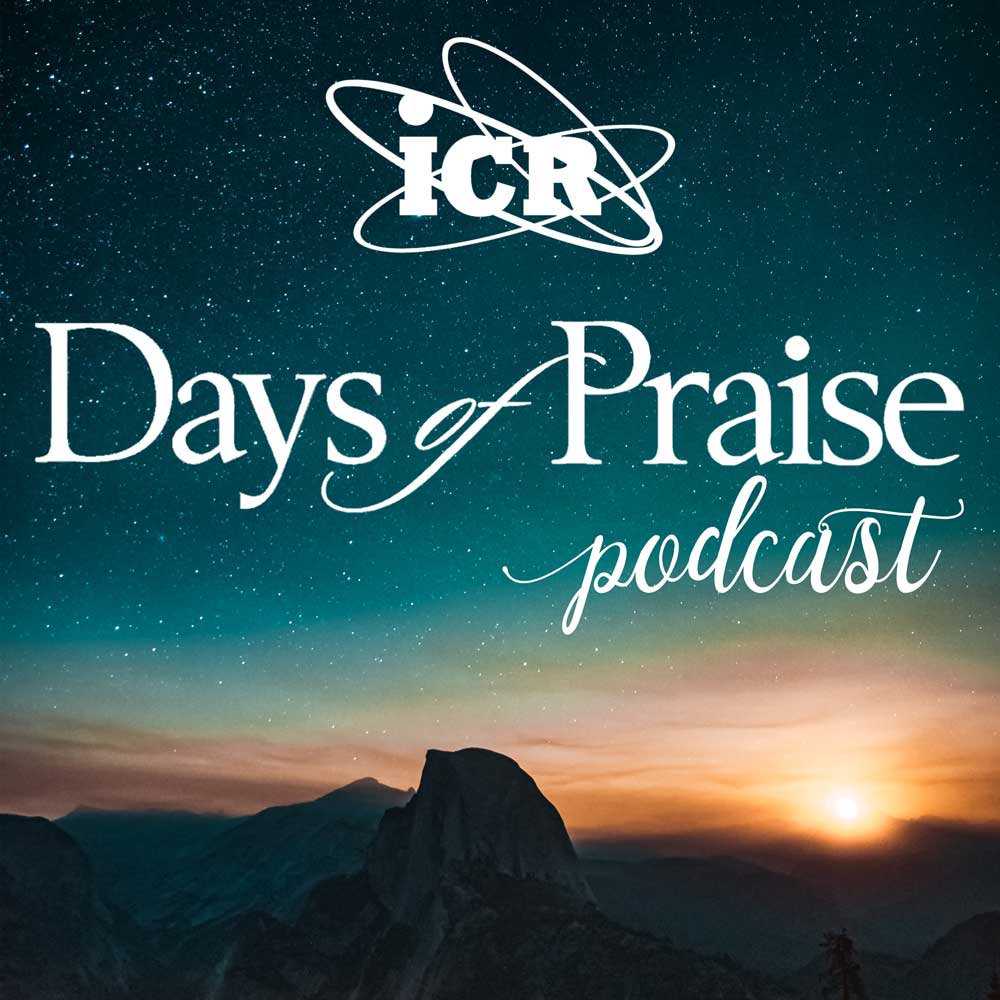“Many there be which say of my soul, There is no help for him in God. Selah.” (Psalm 3:2)
The word Selah occurs 74 times in the Bible (three of which are in the prophetic psalm of Habakkuk, with the other 71 in the book of Psalms). The first of these occurrences is here in Psalm 3:2, and it also occurs at the end of verses 4 and 8, thus in effect dividing Psalm 3 into three “stanzas.”
However, its exact meaning is uncertain. Most authorities think it is some kind of musical notation, to be applied when the psalm was being sung with accompanying musical instrumentation. It suggests a pause of some kind, perhaps to allow the instruments to play a few notes while the singers were silent before proceeding with the next portion, possibly changing to a different key.
When the psalm is merely being read, however, as must often be the case, this explanation would be pointless. Thus, some think it indicates a brief pause for reflection on the truth just revealed before proceeding to the next point. Selah might, therefore, mean something like “Think of that!”
In Psalm 3, as the first instance, verse 2 notes that many (perhaps originally those involved in Absalom’s rebellion against King David) are saying: “Not even God can help him now!” But then the psalmist remembers God’s promises and he prays, and God answers, so now he can say: “Well, what do you think about that?” Both exclamations are implied by his Selah.
Then in the third stanza, he stresses his security in his Lord. He can sleep and “not be afraid of ten thousands of people, that have set themselves against me round about...Salvation belongeth unto the LORD: thy blessing is upon thy people” (Psalm 3:6, 8). “So, what can you say about that, you enemies of God and His Word?” (Selah.) HMM
 Days of Praise Podcast is a podcast based on the Institute for Creation Research quarterly print devotional, Days of Praise. Start your day with devotional readings written by Dr. Henry Morris, Dr. Henry Morris III, and Dr. John Morris to strengthen and encourage you in your Christian faith.
Days of Praise Podcast is a podcast based on the Institute for Creation Research quarterly print devotional, Days of Praise. Start your day with devotional readings written by Dr. Henry Morris, Dr. Henry Morris III, and Dr. John Morris to strengthen and encourage you in your Christian faith.






